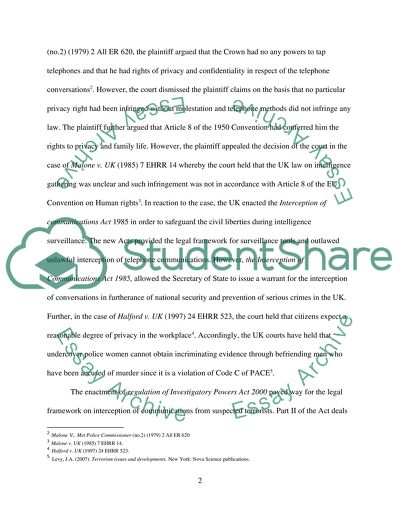Cite this document
(“Law of terrorism Essay Example | Topics and Well Written Essays - 3250 words”, n.d.)
Retrieved from https://studentshare.org/law/1404195-law-of-terrorism
Retrieved from https://studentshare.org/law/1404195-law-of-terrorism
(Law of Terrorism Essay Example | Topics and Well Written Essays - 3250 Words)
https://studentshare.org/law/1404195-law-of-terrorism.
https://studentshare.org/law/1404195-law-of-terrorism.
“Law of Terrorism Essay Example | Topics and Well Written Essays - 3250 Words”, n.d. https://studentshare.org/law/1404195-law-of-terrorism.


